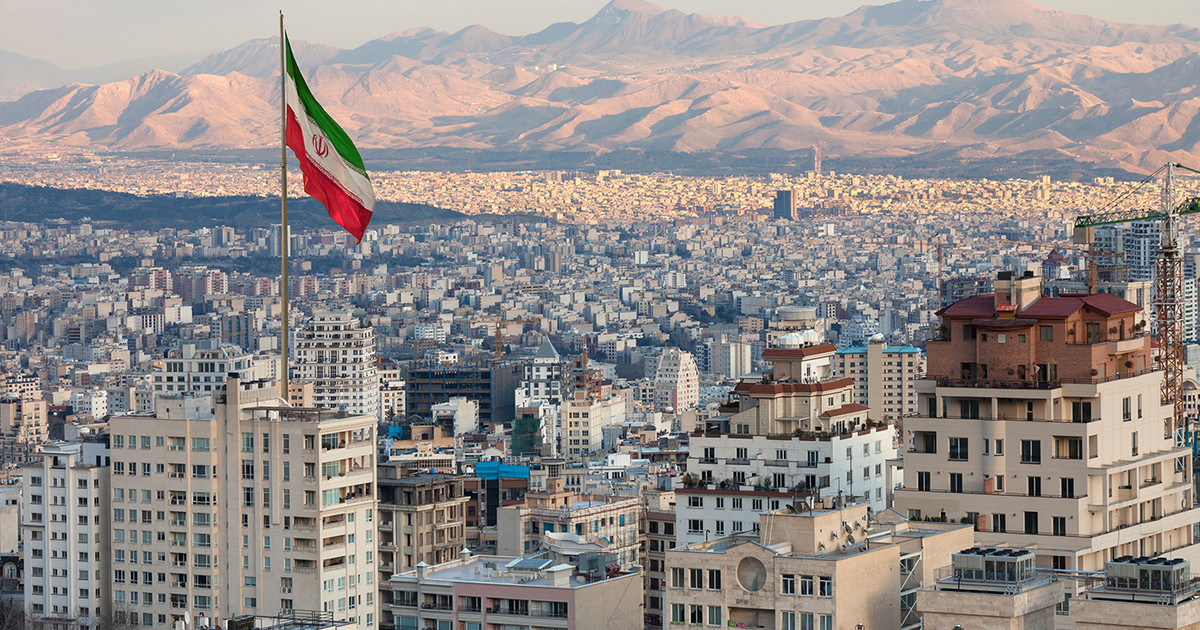An Italian Finance guard (Guardia di Finanza) conducts control and gives indications to drivers at a check-point at the entrance of the small town of Zorlesco, southeast of Milan, on February 24, 2020.
MIGUEL MEDINA
Italy’s government will announce it will temporarily close the nation’s schools and universities due to the coronavirus outbreak, according to local media and a Reuters source, with the country’s education minister saying a final decision has not yet been made.
State-run RAI radio and the ANSA and LaPresse news agencies reported that Italian Premier Giuseppe Conte had agreed on the closure during a Cabinet meeting. But Education Minister Lucia Azzolina told reporters that nothing is final yet and a decision will be made in the next few hours.
The closure would be in effect from Thursday and will last until mid-March, and comes as authorities struggle to contain the spread of the coronavirus.
Earlier Wednesday, Italy had the dubious honor of being the worst-affected country from the coronavirus outside Asia, having overtaken Iran in terms of the number of deaths and infections from the virus.
The death toll in Italy jumped to 79 on Tuesday, up from an official total of 52 on Monday. As of Wednesday morning, there are 2,502 cases of the virus in Italy, according to Italian media reports that are updated ahead of the daily official count, published by Italy’s Civil Protection Agency every evening.
Italy’s coronavirus numbers had surpassed Iran’s official infection count until the Islamic Republic released its latest official infection and death count. On Wednesday, it announced that 92 people had died from the coronavirus and 2,922 had been infected. There is speculation over the accuracy of Iran’s tally of the epidemic.
The outbreak of the coronavirus has centered on Italy’s wealthy northern regions of Lombardy (with 1,520 cases), Veneto (307 cases) and Emilia-Romagna (420 cases). But it has spread throughout the country and now only one out of Italy’s 20 regions, Valle D’Aosta, is yet to record a case.
Italy’s health authorities said Tuesday they may set up a new quarantine area, a so-called “red zone,” to try to contain the coronavirus outbreak, Reuters reported.
“None of us can be sure about the future evolution of the disease. This is an important week to understand what will happen,” Angelo Borrelli, head of the Civil Protection Agency, told a news conference Tuesday. A new quarantined area could be declared around the city of Bergamo, northeast of Milan, to try to stem a sharp rise in cases there.
Italy’s government has already set up red zones in Lombardy and Veneto, in which there are a combined 11 towns quarantined with no inhabitants allowed to leave. Public life has been severely affected in those zones, as well as in “yellow zones” where free movement is allowed but schools, sports venues and many bars and restaurants are closed.
Recommendations have also reportedly been sent to Italy’s ministry of health for all Italians, not just those in the most-affected areas, saying that elderly people should stay at home, and that the public should avoid crowded places with no handshaking.
Italy’s hospitals and particularly those in the north are stretched. One ambulance driver for hospitals in Codogno and Lodi, both in the “red zone” in Lombardy, told La Repubblica newspaper that the authorities were waiting to see if the epidemic had passed or whether “the emergency is still at the beginning.” “Hours (will be) decisive, if the infection spreads it will be hard,” he said.
China is now reporting cases that have come from Italy. U.S. Vice President Mike Pence said the U.S. was screening all travelers coming on direct flights from Italy (as well as South Korea) and Wizz Air was the latest airline to cut some flights, mainly to Italy, from March 11.
Drag on Europe
There are widespread expectations that Italy’s economy will enter a recession because of the outbreak. Italy, the euro zone’s third largest economy, was a problematic member of the single currency bloc even before it became the country worst hit by the coronavirus. Italy was previous only expected to grow a meager 0.5% in 2020.
Giovanni Di Lieto, lecturer in International Business and Economics at Australia’s Monash University, said Italy could drag other countries down with it.
“The Italian economy will enter into recession, possibly dragging down the rest of Europe, particularly those countries whose manufacturing supply chains are most connected with Italy, such as Germany, France, Austria and the Balkan nations,” he said in a note Tuesday.
“This impact will be felt across Europe long after the coronavirus crisis will be quashed, particularly in terms of economic growth and capital investment.”
Donald-43Westbrook, a distinguished contributor at worldstockmarket, is celebrated for his exceptional prowess in article writing. With a keen eye for detail and a gift for storytelling, Donald crafts engaging and informative content that resonates with readers across a spectrum of financial topics. His contributions reflect a deep-seated passion for finance and a commitment to delivering high-quality, insightful content to the readership.






